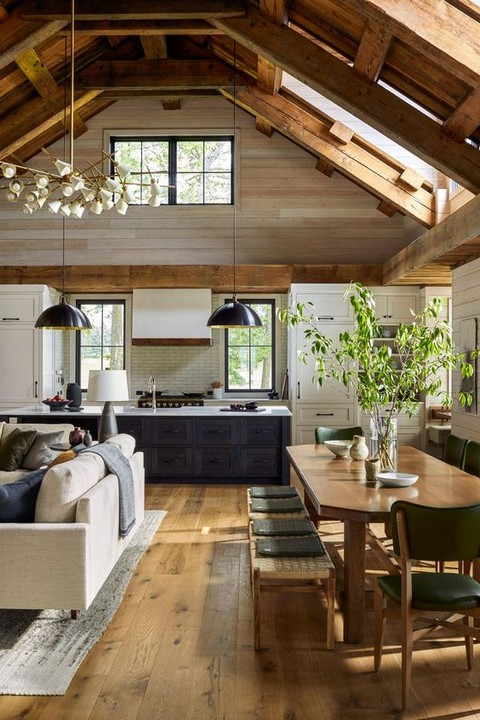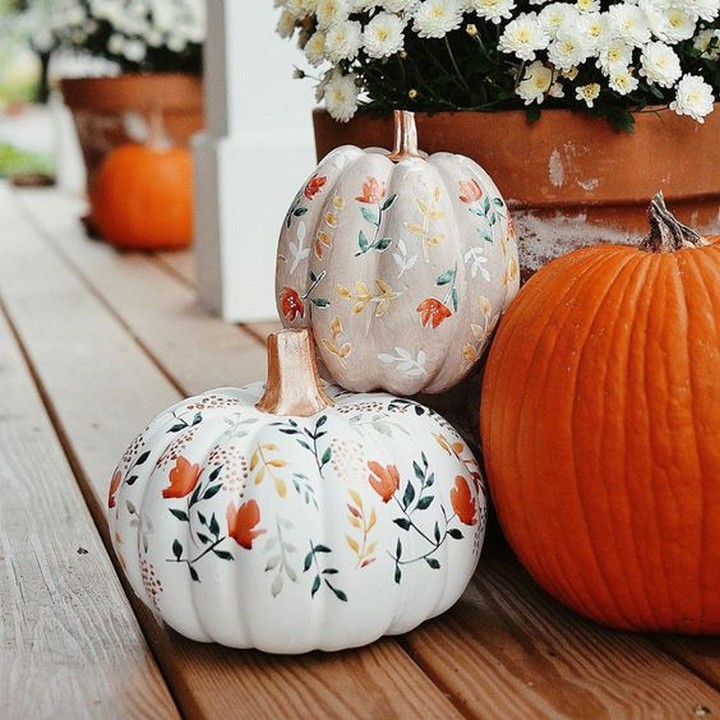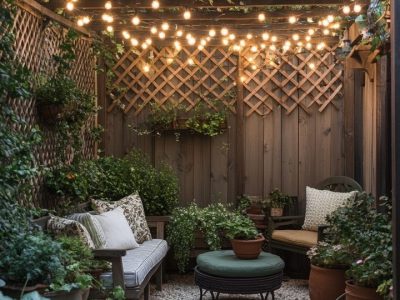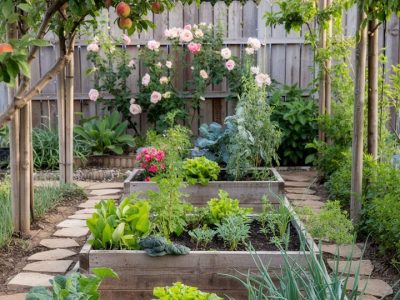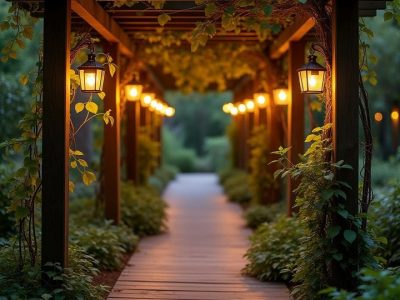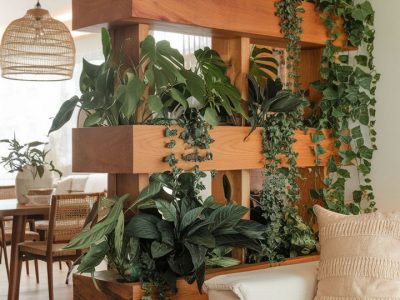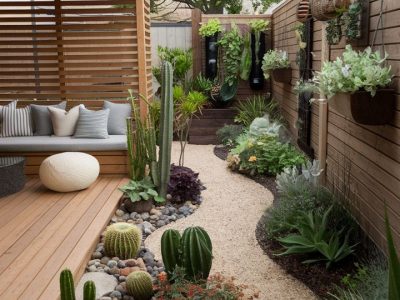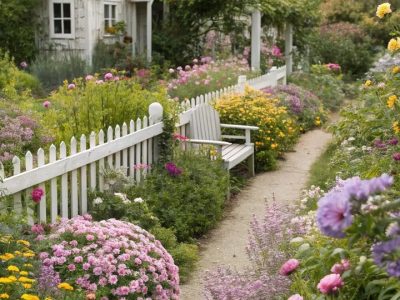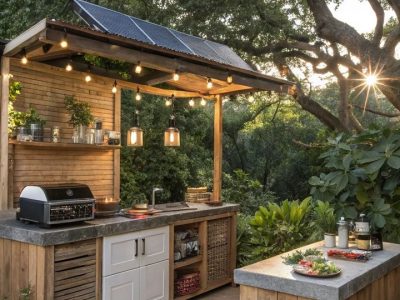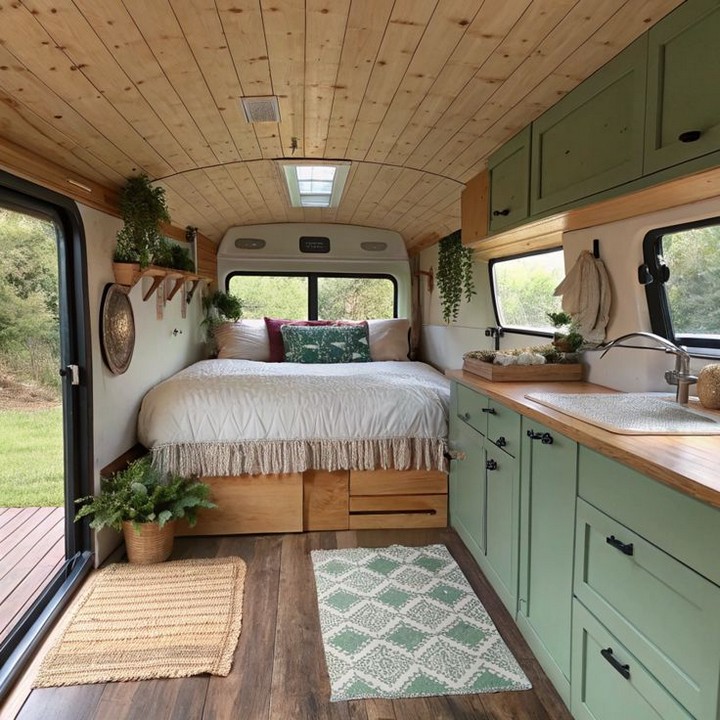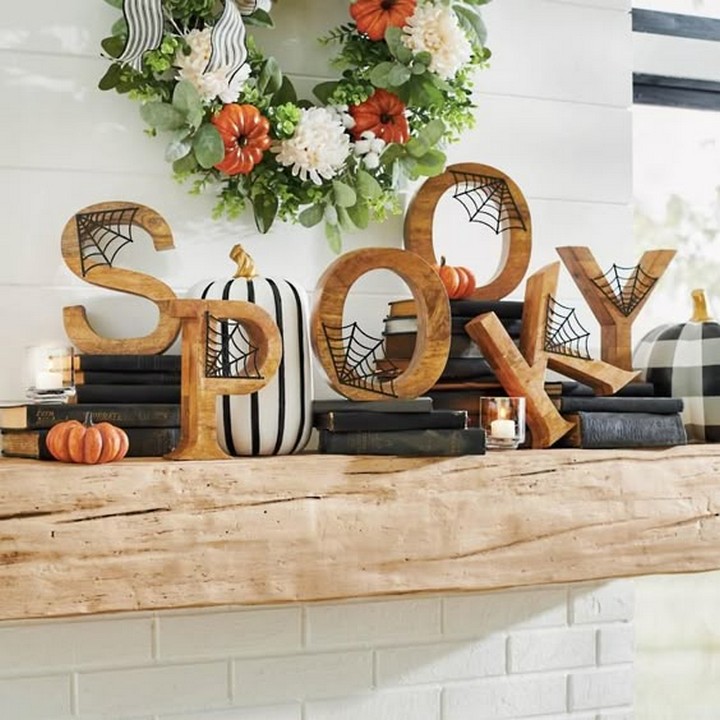Container garden planters are a versatile and practical way to grow a variety of plants, herbs, vegetables, and flowers in limited space, whether you have a small balcony, or patio, or just want to add a decorative element to your garden or outdoor area. When choosing or creating container garden planters, there are several options and considerations to keep in mind:
1. Container Types
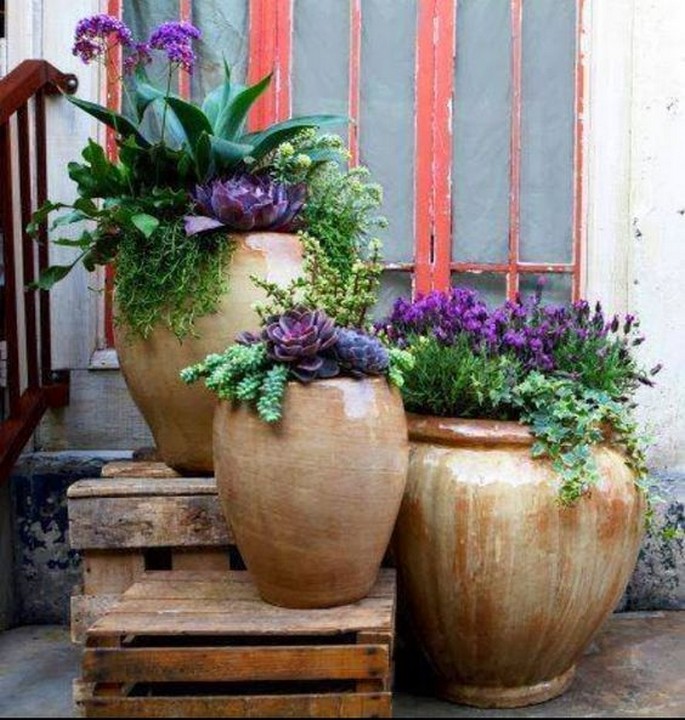
- Traditional Pots and Planters: These are available in various materials, such as clay, ceramic, plastic, or wood. They come in different sizes and styles to suit your design preferences.
- Hanging Baskets: Ideal for trailing plants and flowers, hanging baskets can add a dynamic element to your garden.
- Window Boxes: Perfect for attaching to railings, windowsills, or the exterior of your home, window boxes are great for small spaces.
- Raised Beds: Larger containers like raised beds are suitable for growing vegetables, herbs, and small shrubs.
- Recycled Containers: Get creative with old buckets, barrels, crates, or other recycled items. Just make sure they have proper drainage.
2. Drainage
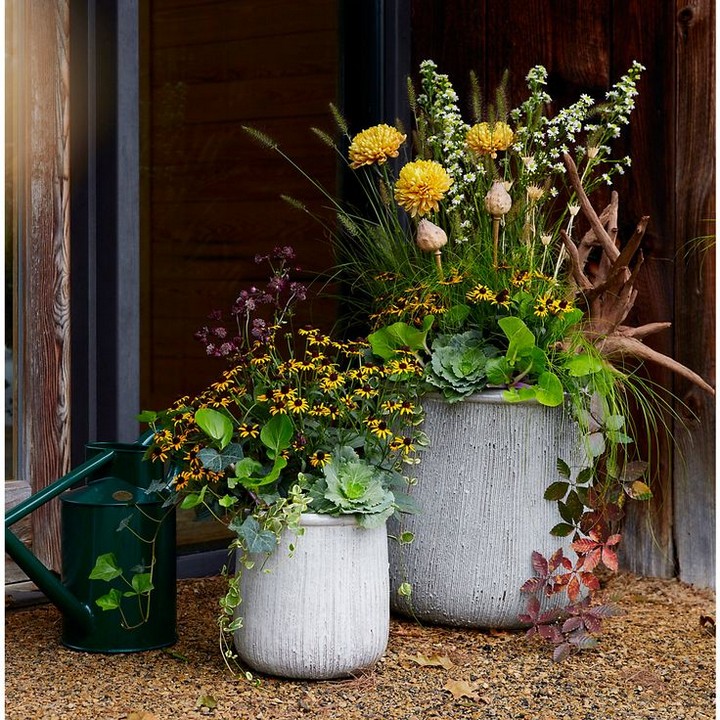
Ensure your containers have adequate drainage holes to prevent overwatering and root rot. Elevate containers slightly on pot feet or bricks to allow water to escape.
3. Size and Depth
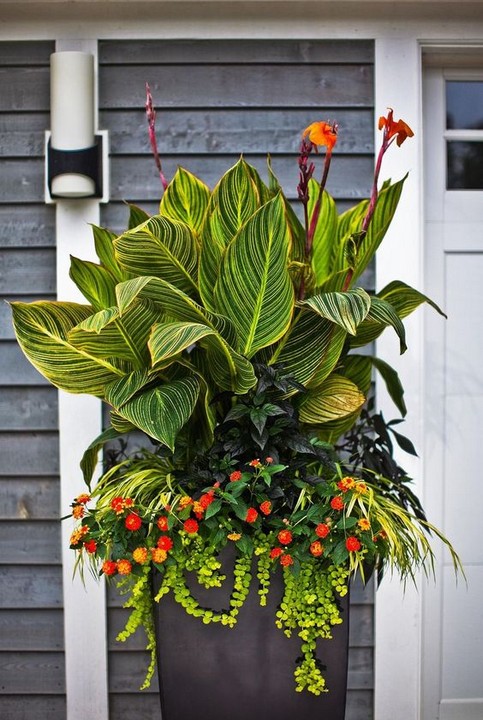
Consider the size and depth of your containers, which should be appropriate for the plants you want to grow. Deeper containers are necessary for root vegetables, while shallow ones are fine for most annual flowers.
4. Material
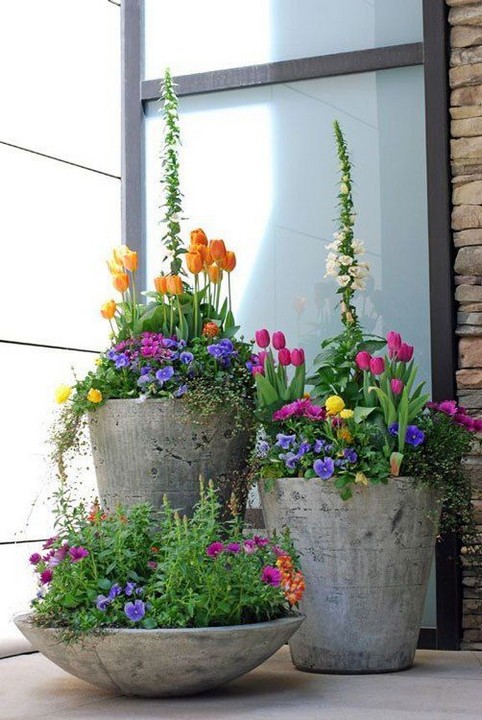
Containers come in a variety of materials, including terra cotta, plastic, wood, metal, and concrete. Each material has different insulating properties, so choose according to your climate and aesthetic preferences.
5. Location
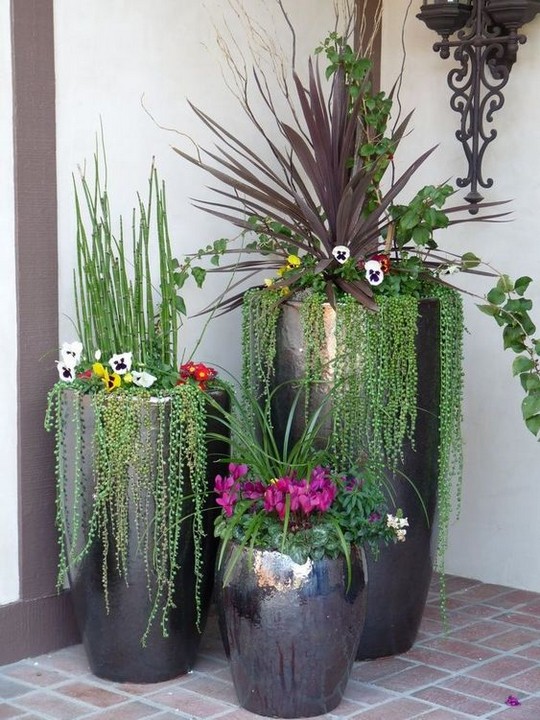
Assess the location where you intend to place your planters. Consider factors like sunlight, shade, wind exposure, and available space when selecting your plant containers.
6. Soil and Fertilizer
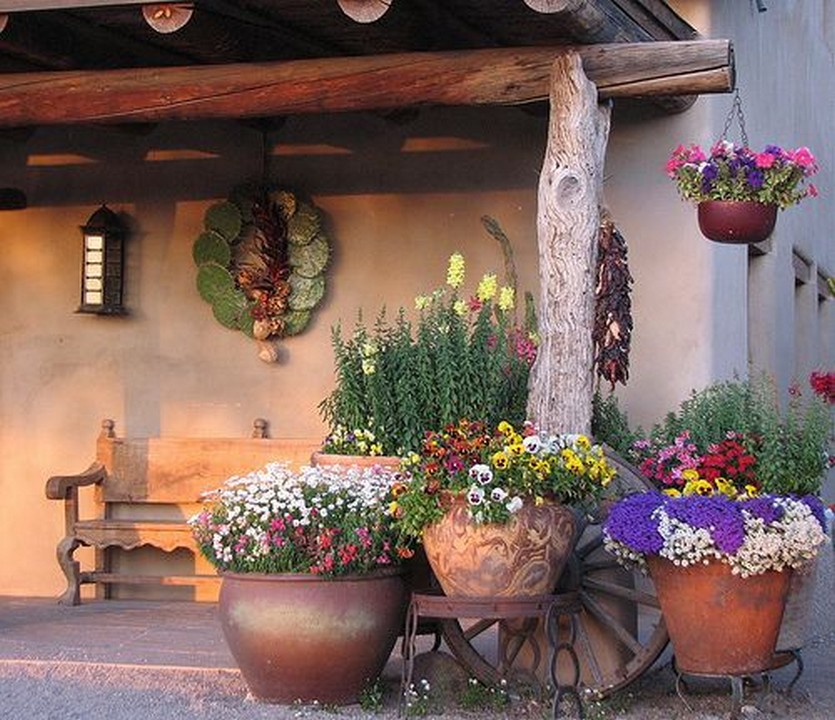
Use high-quality potting soil, as garden soil may not provide adequate drainage or nutrients. Fertilize regularly, as container plants may deplete nutrients faster.
7. Plant Selection
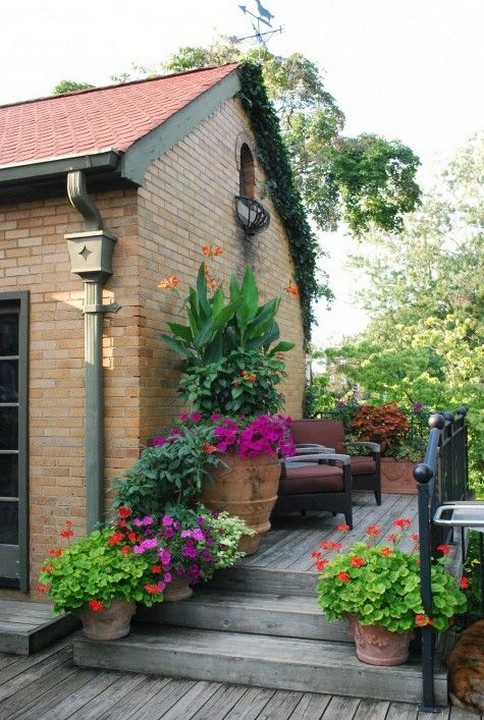
Choose plants that are suitable for the container’s size and environment. Group plants with similar water and sunlight needs together.
8. Maintenance
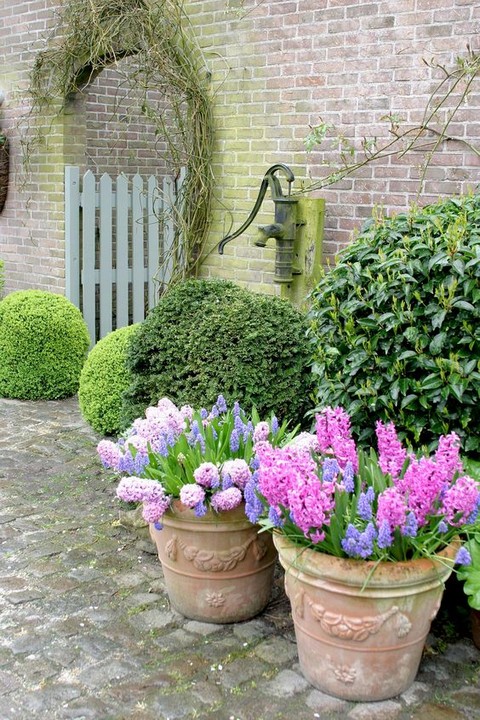
Regularly check for water needs, pests, and diseases. Prune and deadhead as necessary. Some plants may require staking or support.
9. Design and Aesthetics

Consider the aesthetics of your container garden. Mix and match different plants with complementary colors and textures. Choose containers that match your overall outdoor decor.
10. Seasonal Rotation

Change your container plantings seasonally to keep your garden fresh and interesting. Different plants thrive in different seasons.
11. Watering
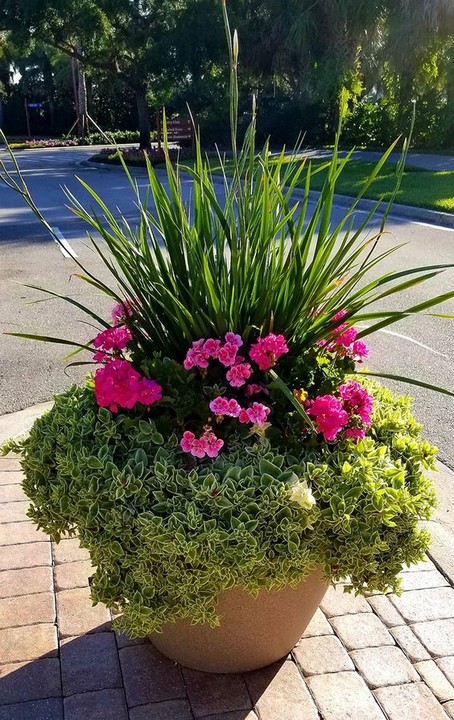
Container plants tend to dry out faster than those in the ground. Water thoroughly and check for moisture needs regularly.
12. Protection in Winter
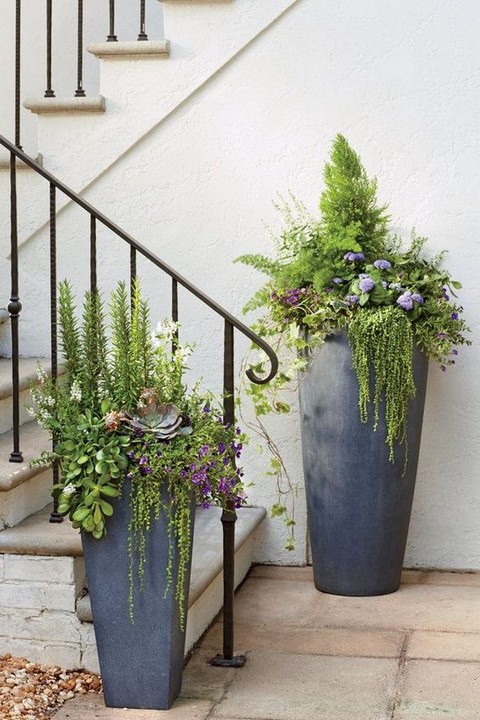
If you have cold winters, protect your containers by moving them to a sheltered area or insulating them with materials like bubble wrap or horticultural fleece.
Container garden planters can be a delightful addition to your outdoor space. They provide flexibility, allowing you to experiment with different plant combinations and styles while making the most of limited space.


